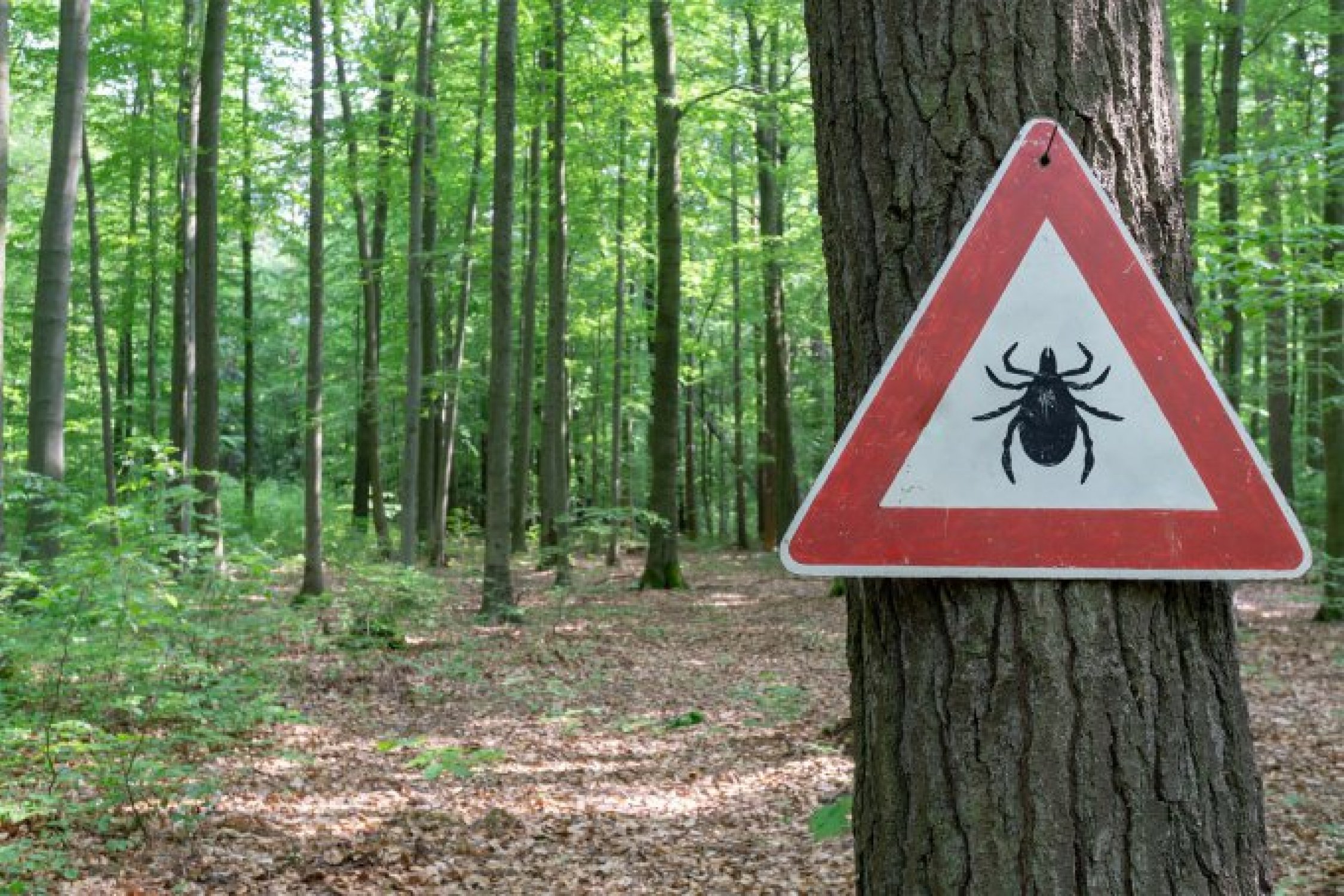Is a tick bite dangerous for a dog? See the effects of a bite

Friday, 26 April 2024

Ticks are small arachnids that feed on the blood of humans and animals. They can be found in forests and meadows, as well as in parks and on lawns. A tick bite can be fatal for your pet. These parasites transmit a number of serious diseases, such as babesiosis. How to properly pull out the tick from the dog? Here are a few useful tips.
Ticks are parasites that feed from spring to autumn. In winter, they hibernate and can remain without food for a very long time. These arachnids wait sometimes even several weeks for their prey - usually on the underside of grasses, trees or bushes. As they are only a few millimeters long, it is sometimes difficult to see them in the thick fur of your pet.
After every walk, you should carefully examine your pet's coat. Ticks usually bite in places where the dog's skin is thinnest. They can be found behind the ears, on the neck, under the arms, in the groin and sometimes on the eyelids. While stroking the fur, check if there are no hard nodules on the dog's body. If they do not move with the skin, there is a very high probability that you are dealing with a tick.
The main symptom of tick-borne diseases is fever. The dog has no appetite and is apathetic. Sometimes vomiting can also occur. The most common disease transmitted by these arachnids is babesiosis, or piroplasmosis. It occurs in different varieties, depending on the region of the world and the ticks living in the area. Untreated, it can even lead to death. Babesiosis is manifested by dark-coloured urine and yellowing of the mucous membranes.
Ticks also transmit Lyme disease. Symptoms are problems with walking and running, swollen joints, enlarged lymph nodes and recurring fever.
What to do when you notice a tick on your dog? It should be removed as soon as possible. These parasites have a special mouth appliance with which they attach themselves to the skin, which enables them to draw blood and at the same time makes it difficult to pull out. The tick should never be pulled out. To remove it properly, you need to twist it out with tweezers. To do this, we grasp the body of the parasite right next to the skin and gently twisting, pull it out.
Injected into the skin of the dog tick should never be lubricated with anything - it can increase the risk of transmission of tick-borne diseases. After removing the parasite, the bite site should be disinfected. It is also advisable to closely observe your pet to check for signs of tick-borne disease.
If any part of the parasite remains in the skin of your pet, you should go to the vet as soon as possible to conduct a proper extraction of the rest of the parasite - otherwise it can lead to dangerous complications.
There are various products on the market which protect your pet against tick bites. It's important to realise that not all of them can be effective on your pet. For example, for dogs with short hair, which does not need frequent baths, the best solution will be drops. In the case of animals that are bathed regularly, a special collar will work much better.
As for the drops for ticks, they contain insecticidal substances that repel arachnids and cause their paralysis and subsequent death. Such preparations are applied along the spine of the animal. Spraying should be repeated in accordance with the manufacturer's instructions.
Modern tick collars work up to 8 months. It is a very convenient form of fighting parasites. Such a collar should neither fit tightly around the pet's neck nor hang down - it will not serve its purpose properly.